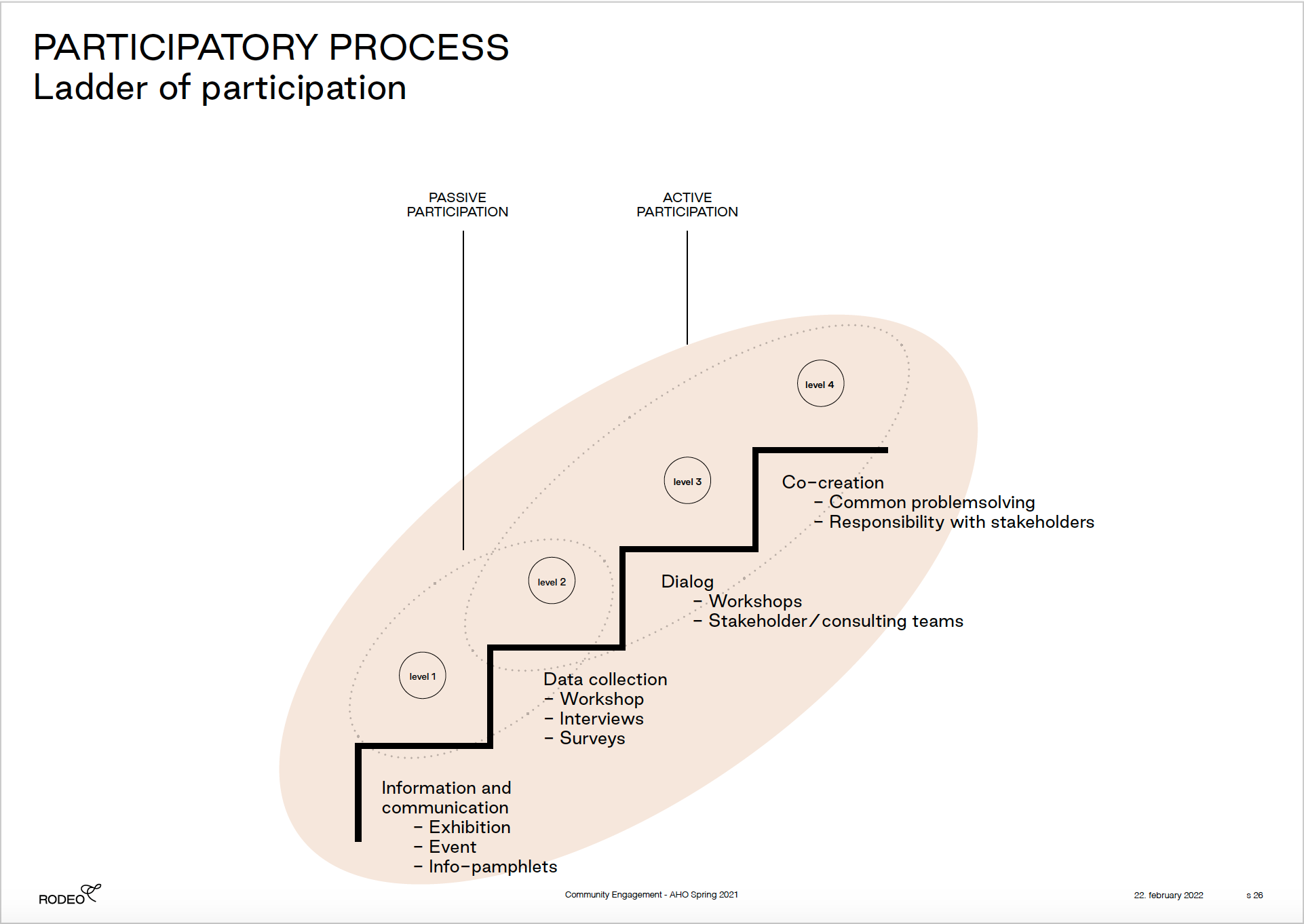
The course will explore different public participatory interdisciplinary methods that AHO and other disciplines can offer students to explore large scale landscapes in transformation due to environmental risk and urban urgencies.
Generally, large-scale hazard problems are under the local government's responsibility, and highly engineered solutions propose "grey solutions". Locals are usually not asked how they act in exposed landscapes. Learning from tacit knowledge can be a way to adapt bio-engineering, NBS or landscape-based action.
We will explore:
- Background to community engagement. The role of the designers and role of the communities. These past modes need to be changed to make acceptable changes in the landscape.
- Public participation methods for large scale landscapes, modes of doing with locals to anticipate future changes, transformations, acceptance of disappearances and the integration of new artefacts in large landscapes. Proposals of tools to act with locals.
- Tools such as the innovative Systems Oriented Design, (SOD). SOD is a skill-based methodology to understand, interact with and design complex systems thanks to Giga-mapping. Which allows for the collection, analysis and interpretation of information, actors and entities across the large data system.
>Link to curriculum
Generally, large-scale hazard problems are under the local government's responsibility, and highly engineered solutions propose "grey solutions". Locals are usually not asked how they act in exposed landscapes. Learning from tacit knowledge can be a way to adapt bio-engineering, NBS or landscape-based action.
We will explore:
- Background to community engagement. The role of the designers and role of the communities. These past modes need to be changed to make acceptable changes in the landscape.
- Public participation methods for large scale landscapes, modes of doing with locals to anticipate future changes, transformations, acceptance of disappearances and the integration of new artefacts in large landscapes. Proposals of tools to act with locals.
- Tools such as the innovative Systems Oriented Design, (SOD). SOD is a skill-based methodology to understand, interact with and design complex systems thanks to Giga-mapping. Which allows for the collection, analysis and interpretation of information, actors and entities across the large data system.
>Link to curriculum
- Teacher: Karin Genevieve Helms
- Teacher: Miguel Hernandez Quintanilla